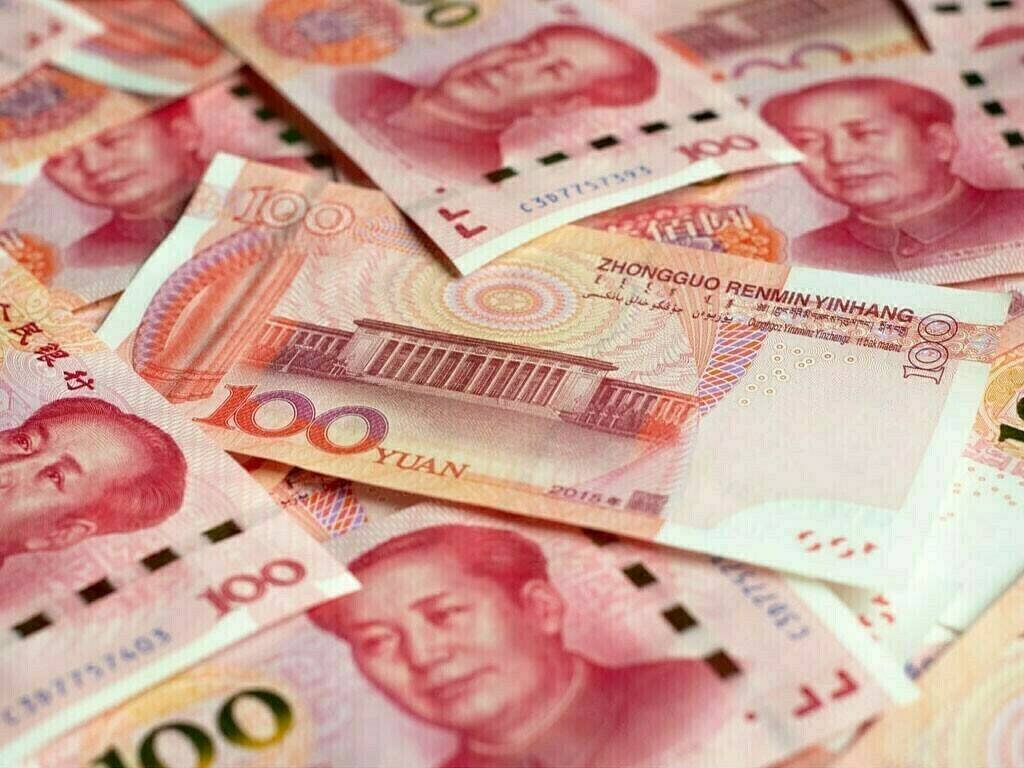Early Wednesday, the Chinese yuan dropped to its lowest level in a week, but it has since recovered as investors braced for further Federal Reserve tightening in response to US inflation that has been much hotter than predicted.
Following the surprising August increase in US consumer prices and the acceleration of underlying inflation, the dollar index saw its largest one-day percentage gain in two years. That bolstered hopes that the Federal Reserve will raise interest rates by another 75 basis points the following week.
Due to the effects of the strong dollar on developing market currencies, the People’s Bank of China (PBOC) has maintained its firmer-than-expected guidance in an effort to stem the decline of the yuan.
The midpoint rate was 6.9116 per dollar, down 190 pips (0.27%) from the previous fix of 6.8928 but stronger than market expectations.
The onshore yuan began at 6.9654 per dollar in the spot market and dropped to a low of 6.9738 per dollar. This was the worst it had been against the dollar since September 7. By lunchtime, it had risen to 6.9645, 45 pips above the previous late session closing.
After suffering its worst day in a month the night before, its offshore equivalent fell to a one-week low against the dollar in morning trade. At lunchtime, it had a final price of 6.9721.
The onshore and offshore yuan, according to currency dealers, may soon re-test the psychologically important 7 per dollar mark if the dollar’s surge sustains.
A trader at a Chinese bank predicted, “It’s just a matter of time before the yuan surpasses the crucial 7.”
Some companies are converting foreign exchange (FX) receipts into yuan in the hopes that state banks will intervene to prop up the currency before the critical threshold, as reported by a second trader at a foreign bank.
According to Ken Cheung, chief Asian FX strategist at Mizuho Bank, “the 7 psychological level is important to the CNY in the near term, as the abrupt breakthrough above 7 in the midst of strong USD rally will risk a one-way movement in the RMB market, which is the situation that the PBOC attempts to avoid, especially before the 20th Party Congress.”
On October 16th, the politically pivotal Party Congress will open.
It is also expected that the People’s Bank of China (PBOC) would halt its monetary easing program on Thursday when it conducts its medium-term policy lending operation.
They warned that the yuan could experience more strain from risk capital outflows and exchange rate fluctuations if the PBOC’s policy divergence with the Fed continued to expand.
Mahnur is MS(development Studies)Student at NUST University, completed BS Hons in Eng Literature. Content Writer, Policy analyst, Climate Change specialist, Teacher, HR Recruiter.










